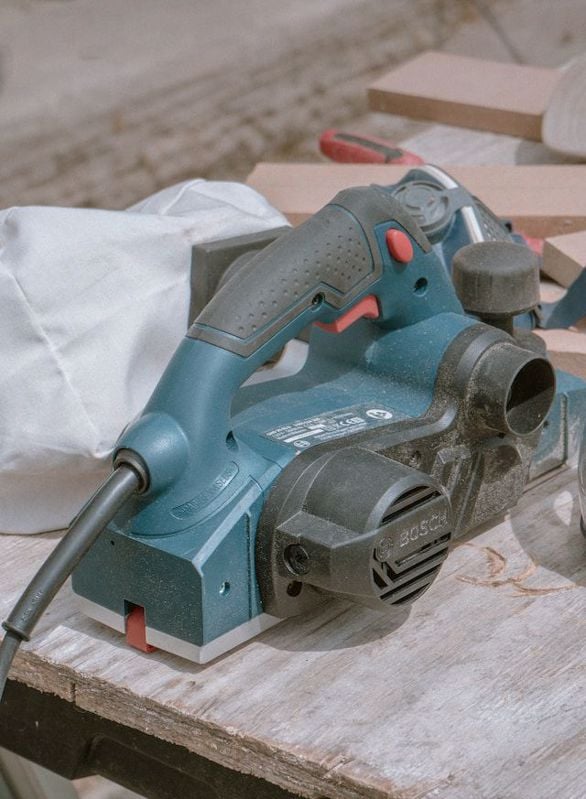Power sanders are an essential tool for any DIY enthusiast or professional woodworker. They make sanding a breeze, saving time and effort when compared to manual sanding. However, choosing the right power sander can be confusing, with a wide variety of models and features available. In this article, we'll provide a guide on how to choose a power sander that's right for your needs. With a Home Depot Money Saving Coupon from We Are Coupons you will pay less for the best power sanders.
Determine the Type of Sander
There are several types of power sanders available, each designed for specific tasks. The most common types are belt sanders, orbital sanders, random orbital sanders, and detail sanders.
Belt sanders are ideal for removing large amounts of material quickly and are often used for sanding floors or large, flat surfaces. Orbital sanders are suitable for sanding flat surfaces, while random orbital sanders can be used for sanding flat surfaces or contoured edges. Detail sanders are perfect for sanding hard-to-reach areas such as corners and edges.
Consider the Size of the Sanding Surface
The size of the sanding surface is an important factor to consider when choosing a power sander. The larger the sanding surface, the faster you can sand large areas. However, larger sanders can be heavy and difficult to maneuver. Smaller sanders are more suitable for detailed work and are easier to use in tight spaces.
Check the Speed and Power
The speed and power of the sander are essential for achieving high-quality results. The power of the motor is measured in amps, and the speed is measured in revolutions per minute (RPM). A higher amp rating means more power, while a higher RPM means more speed. For most applications, a sander with at least 2 amps and a speed of 12,000 RPM is sufficient.
Look for Dust Collection
Sanding produces a lot of dust, which can be harmful to your health and can make a mess in your workspace. Look for models with a dust collection system, which helps to reduce the amount of dust produced during sanding. Some models come with a built-in dust bag, while others have a dust port that can be attached to a vacuum cleaner.
Consider the Ergonomics
The ergonomics of the sander are important for comfort and control during use. Look for models with a comfortable grip and a lightweight design that's easy to handle. A sander with a variable speed control is also useful, as it allows you to adjust the speed to suit the task at hand.
Check the Accessories
Some sanders come with accessories that can make your work easier and more efficient. Look for models that come with a range of sanding discs or belts in different grits, as this will allow you to tackle a variety of tasks. Some models also come with a carrying case, which is useful for transporting the sander to different job sites.
Consider the Brand and Price
When it comes to choosing a power sander, the brand and price are important factors to consider. Look for well-known brands that are known for their quality and durability. While it may be tempting to opt for a cheaper model, keep in mind that you get what you pay for. Investing in a high-quality power sander may cost more upfront, but it will save you money in the long run as it will last longer and perform better.
In conclusion, choosing the right power sander can seem overwhelming, but it doesn't have to be. By taking into consideration the type of sander, size of the sanding surface, speed and power, dust collection, ergonomics, accessories, brand, and price, you can find a power sander that's perfect for your needs. Don't rush into a decision and take the time to research and compare models. Remember, a high-quality power sander is an investment that can save you time, effort, and money in the long run. With the right power sander, you can achieve professional results and take your woodworking projects to the next level.




